Module 2
Designing Heritage Events
Introduction
Events are a valuable way of raising the profile of cultural heritage sites and importantly, of raising revenue to support heritage. This module will examines the role that events can play in the effective communication of heritage, highlight its management challenges and help build new audiences at local, national and international level.
Keywords
Heritage engagement, community empowerment, participatory design, cultural sustainability, adaptive reuse, storytelling, inclusion, accessibility, regeneration, volunteerism, local identity, placemaking, creative heritage, conservation balance, co-production, cross-sector partnership, event sustainability, cultural innovation, education through heritage, living heritage.
Content
Key Discussion Points:
1. Balancing Conservation and Contemporary Use
- Integrating heritage preservation with cultural vibrancy.
- Managing visitor impact on sensitive heritage environments.
- Negotiating between protection policies and the need for public engagement.
- Turning heritage into lived experience through performance, art, and narrative, mixing traditional and contemporary expressions.
- Using storytelling to connect audiences emotionally and intellectually.
2. Community Engagement and Empowerment
- Involve local people as active participants, volunteers, and storytellers.
- Build ownership, pride, and social cohesion through co-creation.
- Turn heritage from something “visited” into something “lived.”
- Ensuring free, open access to heritage for diverse audiences.
- Overcoming barriers of class, disability, and geography.
- Promoting equality through participatory design.
- Education and capacity building: creating training and learning pathways in heritage and event management.
- Supporting intergenerational participation and life-long learning and using events as informal education platforms.
3. Economic and Social Regeneration
- Using events as catalysts for local economic development and pride.
- Encouraging secondary spending and small business growth.
- Measuring social value — wellbeing, belonging, confidence, employability.
- Maintaining engagement beyond the event itself.
4. Sustainability and Collaboration
- Financial, environmental, and social sustainability in heritage events.
- Diversifying income beyond ticketing or grants.
- Long-term success relies on partnerships, innovation, and adaptable models. Cross-sector collaboration (heritage, tourism, education, and environment) and new technologies (AR/VR, digital outreach) ensure events evolve and remain relevant.
Resources
Rethinking Heritage Futures, Online Workshop “Designing Heritage Events”, 18 March 2025, Nottingham Trent University (NTU), Communication University of China (CUC).
Part 1 (Presentations by Brandi Hall-Crossgrove, Cai Jing, Sarah Holloway).
Part 2 (Presentations by Matthew Henderson and Micheal Slavin, Liu Jun).
Case Studies
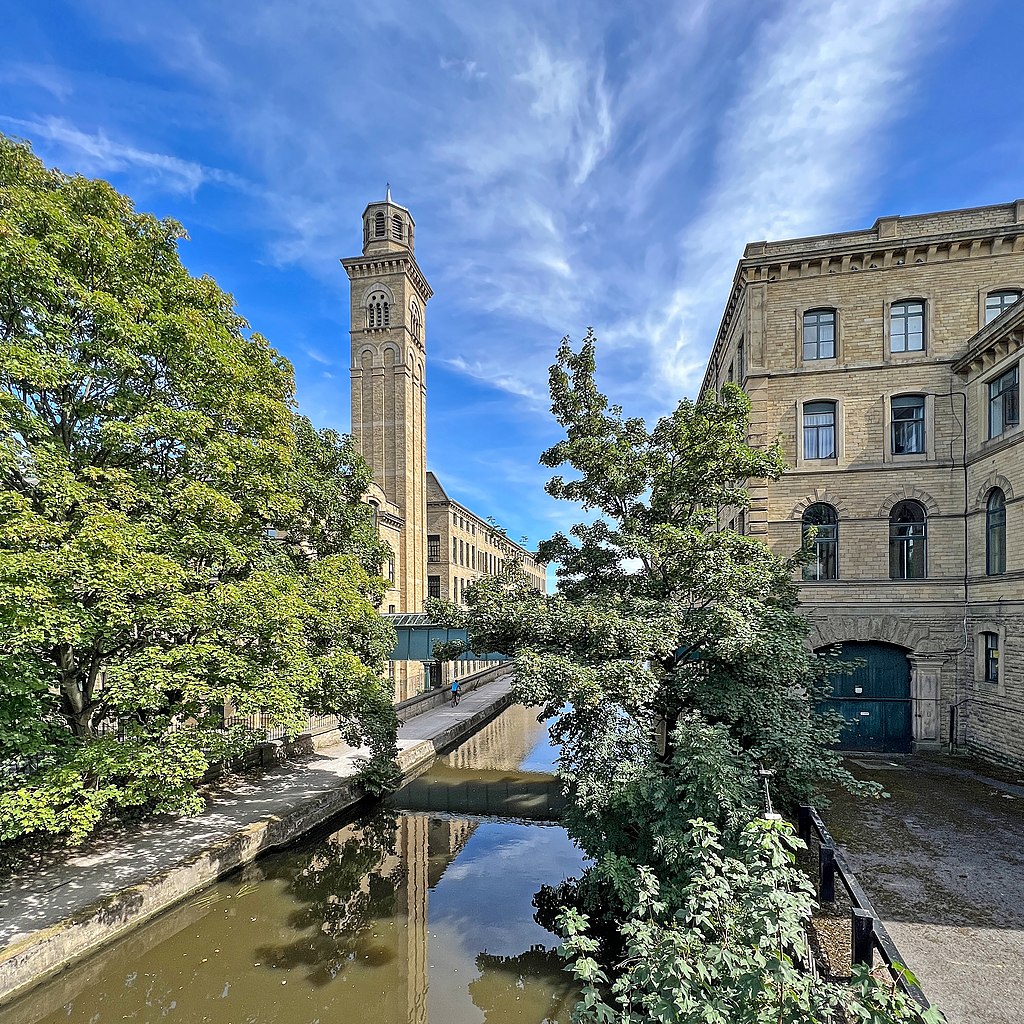
Saltaire World Heritage Sites (WHS), UK
Brandi Hall-Crossgrove,
Saltaire World Heritage
Officer
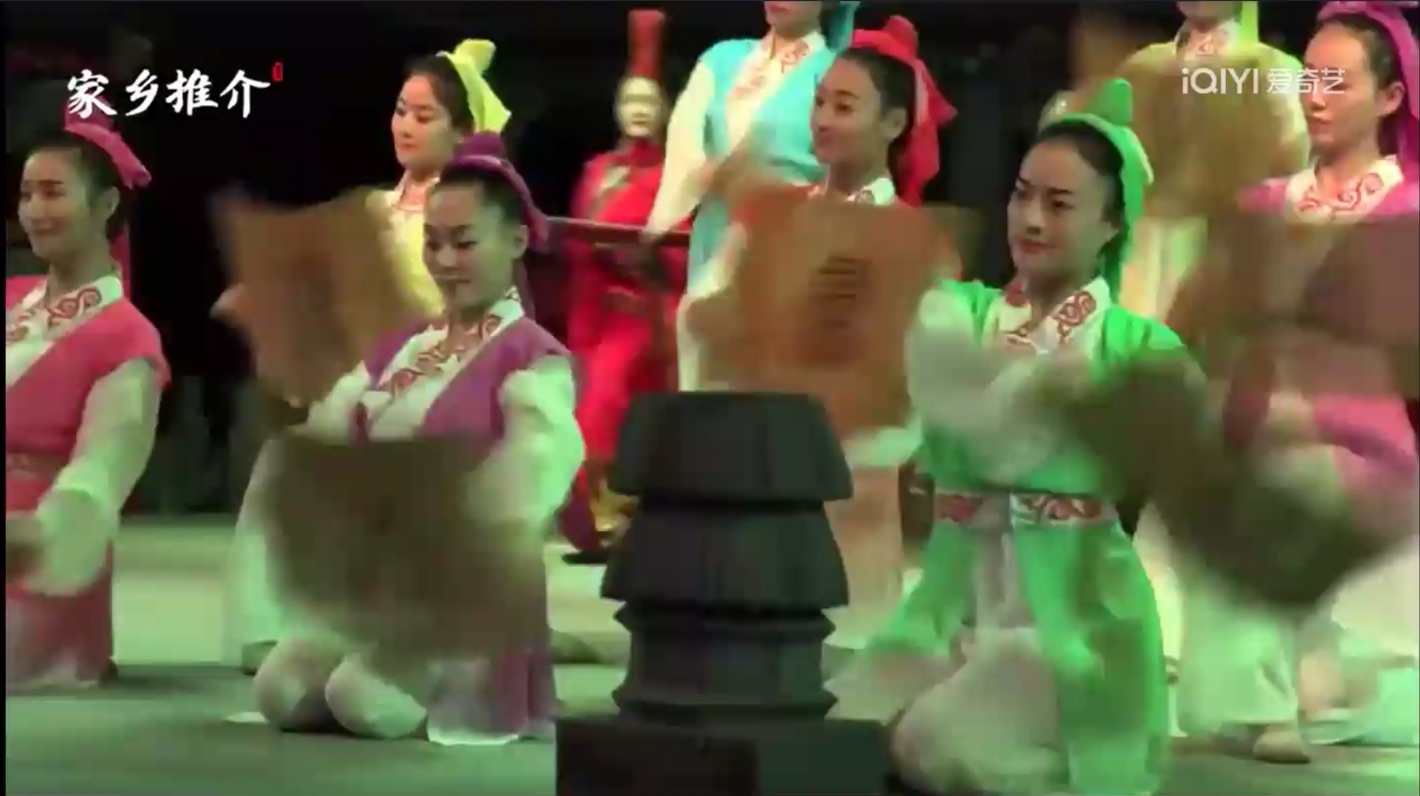
Chinese
National Film Museum
Liu Jun, Deputy Director
of China National Film
Museum (CNFM)
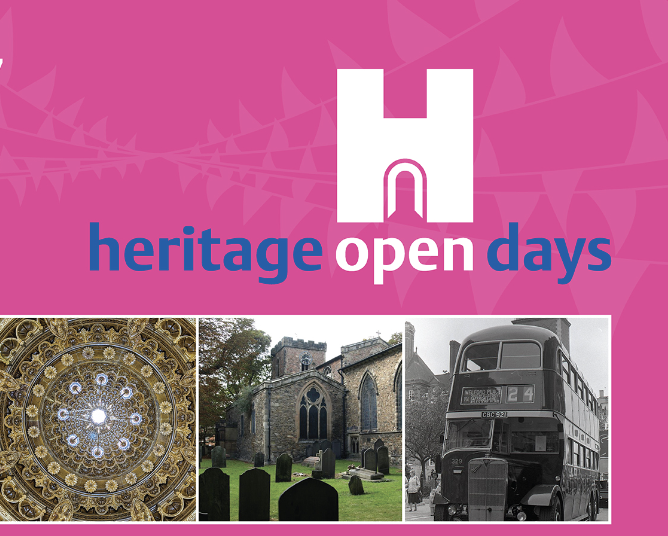
Heritage Open Days: Building Community Engagement
Sarah Holloway,
Heritage Open Days
Programme Manager,
The National Trust,
England
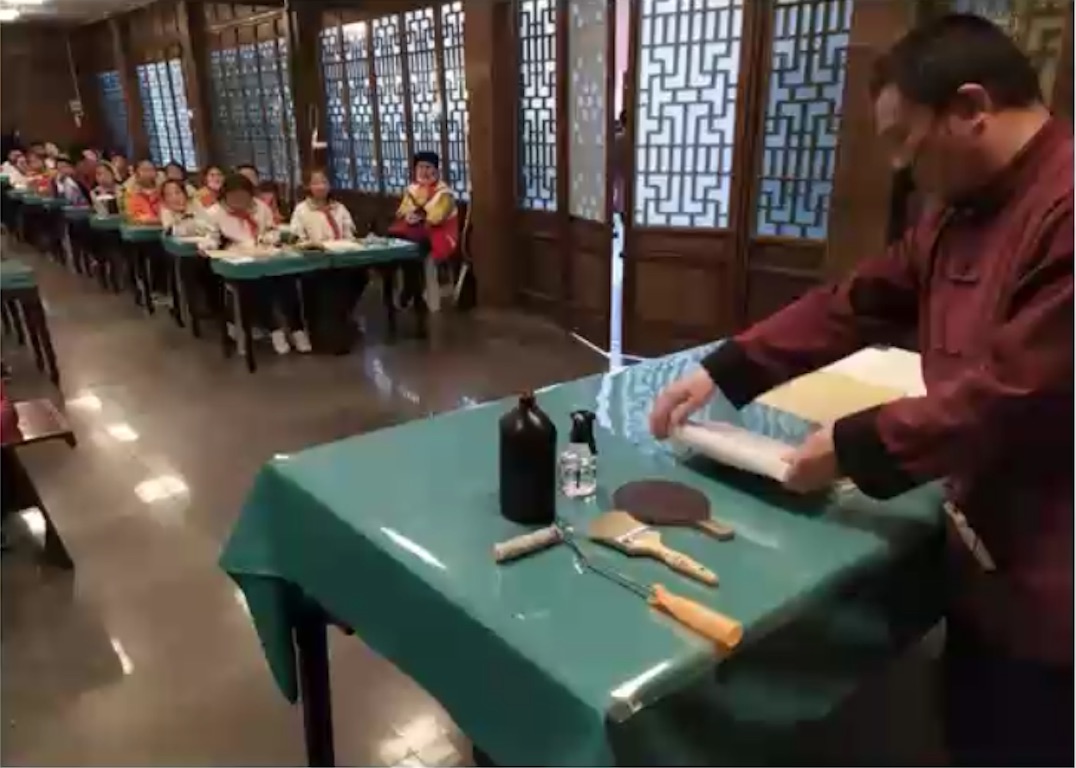
Designing Heritage
Events
in Chinese
Museums:
Immersive Cases
Cai Jing, Associate
Professor, CUC,
National Museum of
China
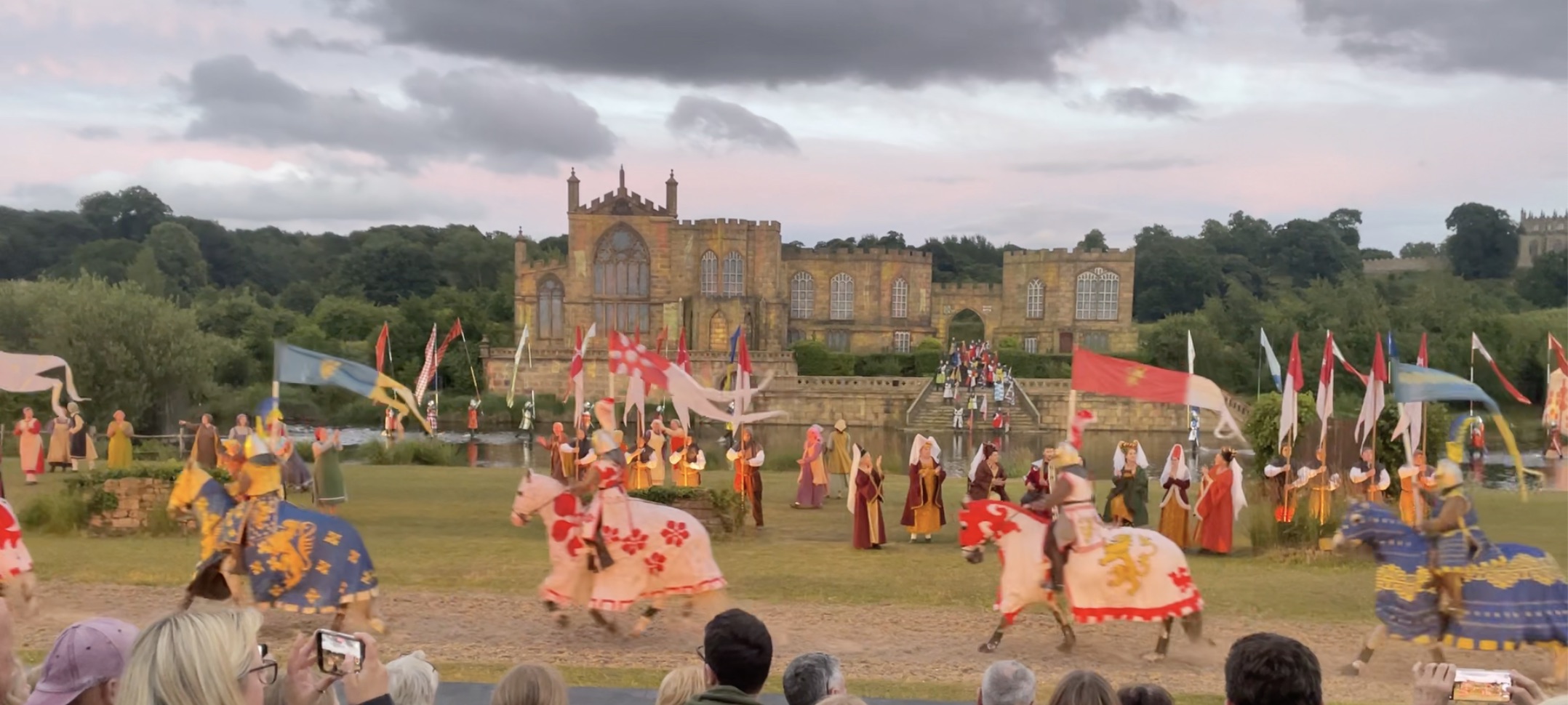
Kynren -
A Tale of
England
Matthew Henderson,
Head of Development
Projects,
Michael Slavin, Chief
Operating Officer,
Kynren - A Tale
of England
Further Resources
Please click on links for PDF
English Heritage (2019) Heritage Works: The Use of Historic Buildings in Regeneration. London: English Heritage.
Richards, G. and Palmer, R. (2010) Eventful Cities: Cultural Management and Urban Revitalisation. Oxford: Butterworth-Heinemann.
Smith, M.K. (2015) Issues in Cultural Tourism Studies. 3rd ed. London: Routledge.
Landorf, C. (2009) ‘Managing for Sustainable Tourism at World Heritage Sites: A Review and Synthesis.’ Journal of Sustainable Tourism, 17(7)
DCMS (Department for Digital, Culture, Media and Sport) (2021) Heritage Statement 2021: The Value and Contribution of Heritage to Society. London: UK Government
Silberman, N.A. (2012) ‘Heritage Interpretation and the Public: Examining Heritage Event Practices.’ Public Archaeology, 11(2), pp.85–102.
Mason, R. (2002) Assessing Values in Conservation Planning: Methodological Issues and Choices. Los Angeles: Getty Conservation Institute.
Landry, C. (2000) The Creative City: A Toolkit for Urban Innovators. London: Earthscan
Dicks, B. (2013) Culture on Display: The Production of Contemporary Visitability (or Heritage, Place and Community — choose chapter on community engagement). Bristol: Policy Press.
De la Torre, M. (ed.) (2013) Values and Heritage Conservation. Los Angeles: The Getty Conservation Institute.